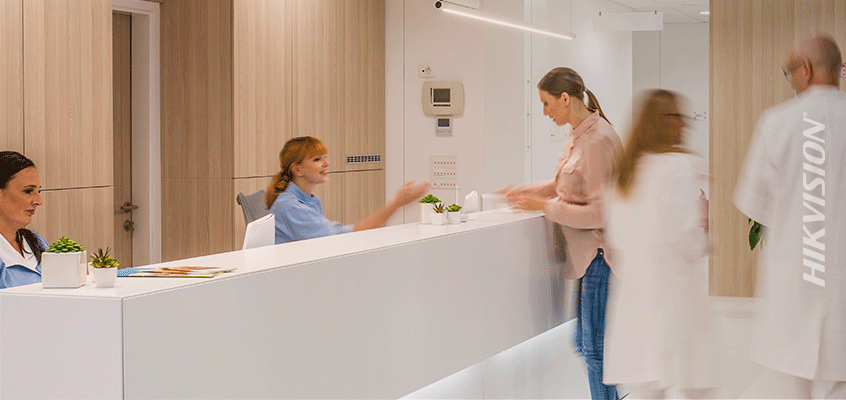Les cybercriminels exploitent les vulnérabilités des établissements de santé
Hikvision traite des vulnérabilités qui favorisent les brèches de sécurité
L’article de SecurityInfoWatch.com intitulé « Report: A vulnerable attack surface exists in healthcare enterprise IT networks » fait état des conclusions du rapport Vectra de 2019 selon lesquelles le secteur de la santé est confronté à de grandes vulnérabilités, que des criminels pourraient exploiter davantage.
D’après l’article : « Les lacunes dans les politiques et les procédures peuvent entraîner des erreurs de la part du personnel de santé. Parmi les exemples d’erreur, on peut citer la manipulation et le stockage inadéquats des dossiers des patients. Ce sont des points faibles comme ceux-ci que les cybercriminels cherchent à exploiter lorsqu’ils planifient des attaques contre des organisations ou des industries ».
Voici quelques-unes des constatations du rapport :
- Les tunnels HTTPS cachés étaient une méthode d’attaque courante dans les réseaux de soins de santé. Comme décrit dans l’article, il s’agit d’une « communication externe impliquant plusieurs sessions sur de longues périodes, qui semblent être du trafic Web normal et crypté ».
- La contrebande de données était la troisième méthode la plus utilisée pour dissimuler le transfert de données malveillantes (les tunnels DNS arrivaient en premier, les vols par effraction en deuxième).
- L’article exhorte les organismes de soins de santé à continuer de surveiller les attaques de logiciels de rançon; cependant, le rapport a découvert que les attaques de logiciels de rançon avaient diminué au cours de la deuxième moitié de 2018.
Suivez ce lien pour l’article complet.
La transformation numérique augmente également les risques dans d’autres marchés verticaux. Dans le billet de blogue Hikvision intitulé « Des vulnérabilités qui favorisent les brèches de sécurité », l’auteur traite de l’article du magazine Security portant sur les causes d’une brèche de sécurité. Voici un extrait :
Selon l’article, quelques tendances peuvent augmenter le risque que présentent les cybermenaces, y compris le passage au numérique qui donne « aux cybercriminels plus d’occasions de déceler des faiblesses et d’infiltrer des systèmes pour divulguer ou exploiter leurs données ». L’adoption du stockage infonuagique et la croissance de la main-d’œuvre mobile sont également des facteurs de cyberrisques. Les menaces internes présentent également un risque : « Et si un initié malveillant – peut-être un employé – s’attaquait seul à une entreprise, ou s’il unissait ses efforts à ceux d’un attaquant externe pour l’aider à exploiter une porte dérobée? »

